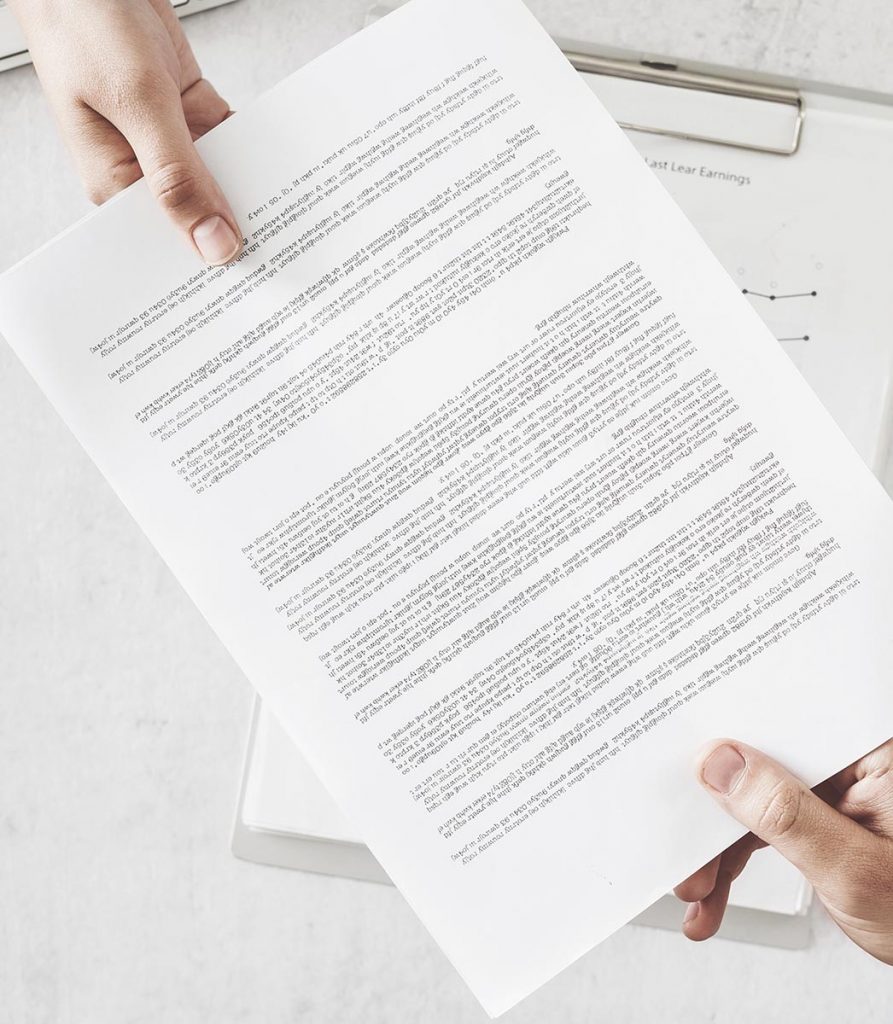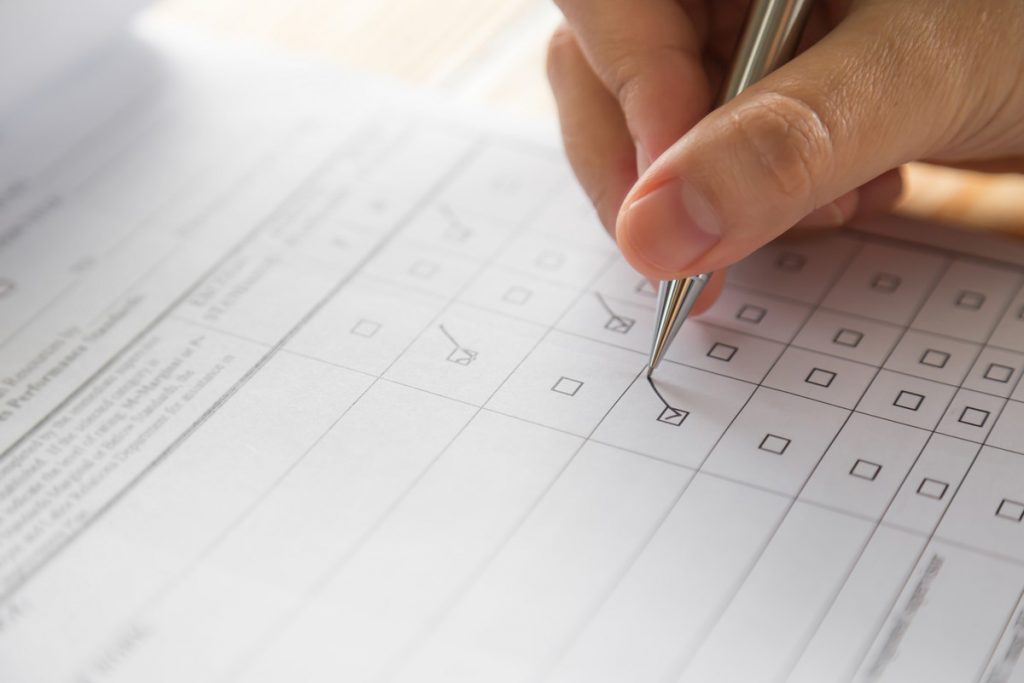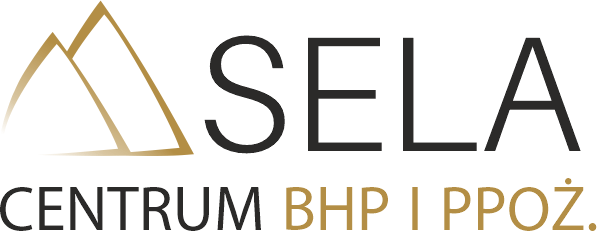OHS audits
We specialize in conducting professional health and safety and fire protection audits in workplaces from various industries – from the production, food, wood, service, administrative or industrial industries. We form one of the strongest audit teams in Poland, which has been appreciated by many very demanding business partners.
Who is the audit for?
Our services are used by both companies that have OHS services and want to verify the correctness of actions, look at the OHS condition with a different eye, as well as companies that are just building a security system and need a clear list of guidelines to be implemented.


Audit objectives
Our goal is to verify the current state of health and safety and fire protection, identify areas for improvement (bottlenecks), create a package of recommendations to make your plant an even safer workplace. We care about an objective view of the company’s condition in terms of occupational health and safety and fire protection. and that your company meets all legal norms and standards, ensuring the safety of your employees and the environment.
Who conducts the audits?
Audit teams are made up of experienced OHS and fire protection specialists, Labor Inspectors specializing in particular areas, i.e. particularly dangerous work, energy work, adapting machines to minimum requirements, ergonomics of workstations, labor law and many others. We conduct our audit activities throughout Poland and in Polish enterprises with foreign branches – in Germany, the Czech Republic and Slovakia.
What areas does the health and safety audit cover?
The most frequently chosen type of audit is a comprehensive audit, which is a photograph of the state of occupational health and safety based on the following areas:
- the currently functioning health and safety system
- safety of work processes
- safety training
- medical exams
- first aid and evacuation system
- health and safety documentation
- harmful factors in the workplace
- machines, devices, tools
- building objects
- additional permissions
- accidents at work and many more.
We observe the activities performed by employees, the existing technical and organizational security measures for work, machinery and equipment, safety culture, and employee behavior. The final scope of the audit is always agreed with our clients.


What do we need to conduct an audit?
- full range of data in the researched areas
- access to controlled rooms, machines, devices, documentation
- presence and cooperation with persons managing the audited areas who have knowledge and experience in work processes
- trust.
Audit results
We have developed a unique form of the Audit Report, which is an extremely readable document, constituting not only a detailed description of the current state of health and safety, but above all a catalog of recommendations, a check list with a chronological presentation of the desired changes. In addition to hard recommendations, we always offer soft, additional activities – tailored to the needs of training and activity. The end of the audit is not only the Report, but a meeting with the key team in your company. We discuss the current state of security and present our recommendations.
What are the benefits of the conducted audit?
First of all, knowledge. Knowing whether you meet the legal requirements and whether you can sleep peacefully. Article 207 of the Labor Code states directly that the employer is responsible for the state of health and safety at work in the company.
Pursuant to § 2 of this provision, the employer is obliged to protect the health and life of employees by ensuring appropriate health and safety conditions, consistent with the current and relevant achievements of science and technology.
The conducted audit will be a guide for you what works properly and what must be changed.

Implementation of changes will make:
- your company will be a safer and more attractive workplace, and you will become an attractive employer who cares about his team
- you will strengthen the culture of safety and thus the culture of work
- the introduced changes will reduce accidents at work and potentially accident situations
- you will boost team morale
- you will implement optimizations and improvements, which will undoubtedly be appreciated by your team
- you will improve the security system
- you will eliminate or reduce threats affecting the maintenance of production processes and the health and life of employees
- you will rest easy knowing what to fix before the regulators.

Life after the audit
Our cooperation does not have to end here. We also guide our clients in the implementation of changes, supporting, motivating and suggesting how to make your company a safe workplace. We introduce the highest standards, activate employees and strive to make the working environment as friendly and safe as possible.
We invite you to permanent cooperation – outsourcing of health and safety services, then we will permanently care for the safety of your company and your team.
Sample list of audit areas
- Safety training:
- validity of employee health and safety training based on the provided registers or a selected group of employees
- compliance of training programs with hazards present in the working environment
- the correctness of the programs and the method of conducting the on-the-job training
- completeness of training documentation (protocols, attendance lists, exam reports, training logs, exam tests, training registers).
- Medical exams:
- verification of medical examinations in terms of registers and updates of randomly selected employees
- correctness of issued referrals
- evaluation of the contract with the occupational medicine physician.
- First aid:
- availability and composition of first aid kits
- assessment of the number and training of persons designated to provide first aid on the premises of the plant
- verification of compliance of first-aid kits with the recommendations of the occupational medicine doctor supervising the plants.
- OHS documentation, i.e.:
- occupational risk assessment (verification of the document and familiarization with the occupational risk assessment by employees)
- standards for the allocation of work clothes, work shoes and personal hygiene products and their proper management
- health and safety policy, internal regulations regarding occupational health and safety, work regulations, regulations regarding work order and other documents, if any, i.e. code of ethics, etc.
- safety data sheets – timeliness, compliance, register of risk assessments, familiarization of employees, verification of personal protective equipment in terms of compliance with the requirements of the card, assessment of correct use, storage, storage, ventilation, etc.
- health and safety instructions – correctness of execution, availability, compliance with the actual condition of the machines and devices used, compliance with current legal requirements
- personal files – verification of personal files of several randomly selected employees in terms of correctness and completeness of health and safety and fire protection documentation.
- Harmful factors at workstations:
- identification of threats and harmful factors
- verification of compliance of the conducted measurements with the number of identified factors
- assessment of the correctness of the measurements (frequency, timeliness)
- assessment of the method of informing employees about harmful, strenuous and dangerous factors present at the workplace, and methods of eliminating or limiting their impact.
- Machines, devices, tools:
- assessment of the condition of machines and devices in terms of their compliance with the minimum requirements for safety of use
- assessment of the correctness of the technical and organizational solutions used to protect employees against the risks arising from their use
- verification of completeness of machine documentation (manuals, DTR, inspections, service, etc.)
- assessment of the correctness of informing employees about the existing hazards (marking)
- verification of the current approval of equipment by supervisory authorities (UDT).
- Building objects:
- construction documentation
- production halls
- office work spaces
- sanitary rooms, changing rooms
- social rooms
- boiler rooms
- warehouses
- sheds
- waste disposal sites
- parking lot and others.
- Additional permissions:
- forklift operators
- machine operators
- restorers
- electricians
- work at height.
- Accidents at work:
- review of records of accidents at work
- records of accidents at work
- the correctness of the preparation of post-accident documentation
- analysis of the introduced technical and organizational solutions resulting from the recommendations of the documentation on accidents at work
- control of the register of occupational diseases

